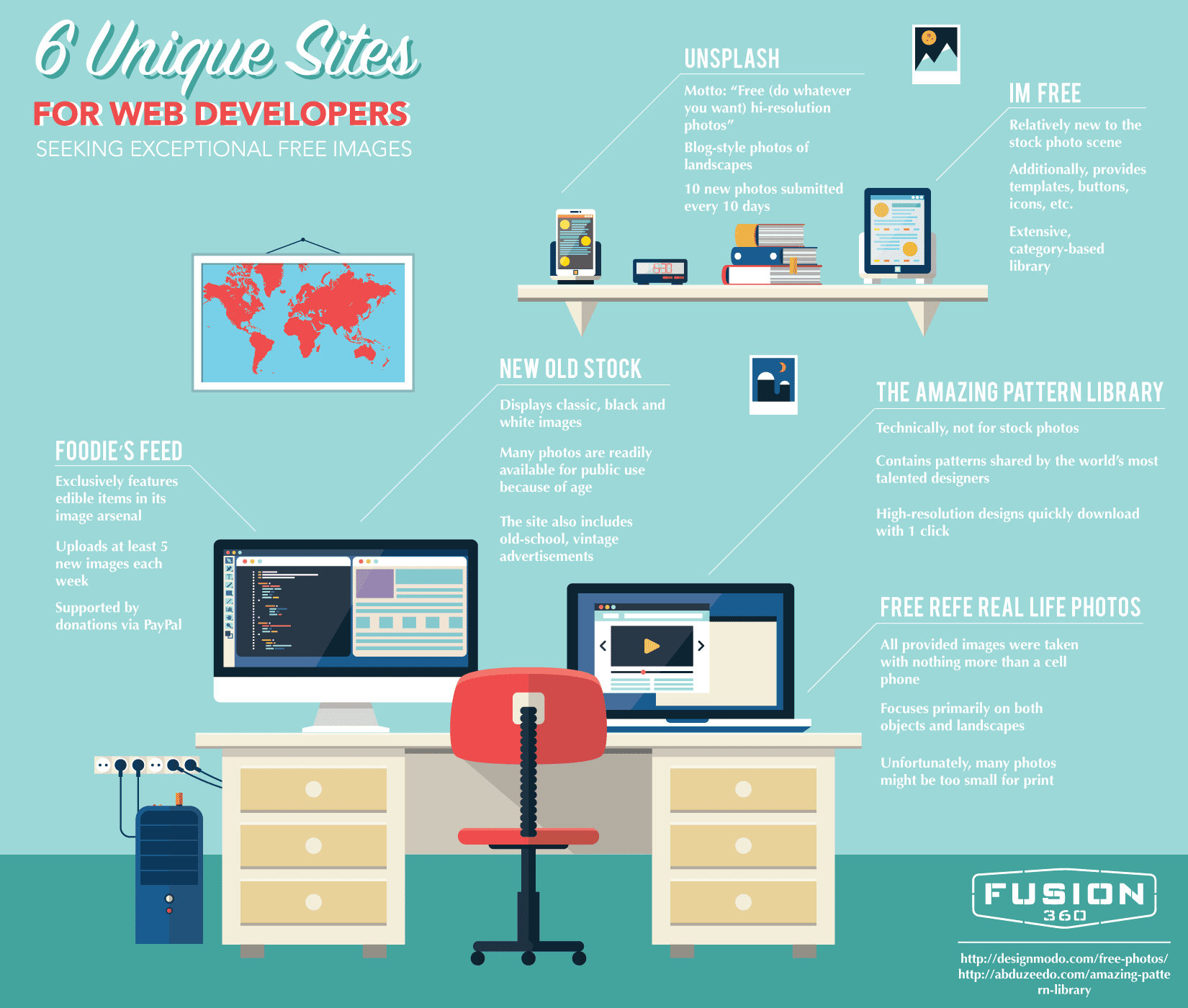Technology and the development thereof changes quicker than just about anything and keeping up can be a difficult matter. What was once new and exciting, in literally just a matter of months, is now branded as being nothing more than old and mundane.
Joined at the hip, when technology advances, so too does the world of web development. Whether you’re a seasoned web designer or looking to build your first blog, it’s important to stay up to date with the latest trends to more fully connect with your target audience.
1) New and Improved Animations and Transitions
Thanks to the likes of HTML5, Javascript and CSS, web development specialists from all over the glove are now able to provide a more enjoyable experience for their respective site visitors through animation. While the concept of animation might not be all that new, in today’s day and age, without them, you’re definitely shooting yourself in the proverbial foot. Animation can be anything from a bouncing icon to a basic cartoon that plays in the background while a page loads.
Though seemingly simple, these detail-oriented animations and transitions make a site’s navigability all the more pleasant. Sure, they’re visually appealing, but without them, site context feels awkward and visitors often find themselves struggling to understand quite how they’re supposed to interact with what’s being digitally presented. As reported by TheNextWeb.com, the primary function of site animations and transitions are as follows:
- “Animated notifications
- Revealing information
- Highlighting content
- Collapsing forms and menus
- Scrolling, especially fore one-page websites”
Even though animation is widely being used by web development experts, there’s always a great deal of disparity between those who know what they’re doing and those who are relatively new to the design game. Simply put, users are going to expect high-quality, pixel-perfect design and anything less than that is bound to be lambasted by visitors. Needless to say, take the necessary time to create animations and transitions worthy of your target demographic’s attention. In the end, you’ll be glad you did.
2) Webgraphics Are Now Replacing Infographics
The advent of social media has made the quick, timely consumption of information a necessity for digital marketers. For graphic designers working at advertising and marketing agencies, this meant—and still means, to be honest—that helpful infographics needed to be produced at an astounding rate. They’re visual. They’re engaging. They provide a tremendous amount of information in an easy-to-read format. What could be better? Webgraphics.
Webgraphics are similar in function to infographics, though they are entirely interactive, thus helping to improve upon user engagement. Thanks to invaluable tools such as HTML5, CSS3 and jQuery, your site can provide site visitors with an interactive experience through the brilliant colors and slick animations that webgraphics provide.
3) Micro Interactions: The Most Minute of Digital Interactions
Unbeknownst to most web and app users, hundreds of micro interactions take place each and every day. Micro interactions are the simple experiences that link a user with another digital entity. For example, if a Facebook friend of yours likes a photo that you recently posted and your phone dings, you’ve just been part of a micro interaction. Though small and insignificant to those without a background in web development, micro interactions are of the utmost importance. In fact, recently, FastCo Design went as as far as pegging micro interactions as “the future of design.”
If you’re still not convinced, imagine how long it would take you to completely abandon a site if you couldn’t quickly set your username and password or control the amount of push notifications that your mobile device receives. These are very real issues that web development experts face on a daily basis. By properly understanding and implementing micro interactions, a user’s experience is enhanced and a return visit is bound to occur. Generally speaking, micro interactions should seek to bring about the following:
- Help accomplish a specific task, such as logging in or setting an alarm
- Link two relevant elements like a website and smartphone
- Make an adjustment, according to user preference
- Check specific data or information, such as an area’s weather or traffic
Whatever your web development needs might entail, by continually working to stay informed with what’s going on in the world of website design, you’re bound to keep both clients and customers satisfied.




